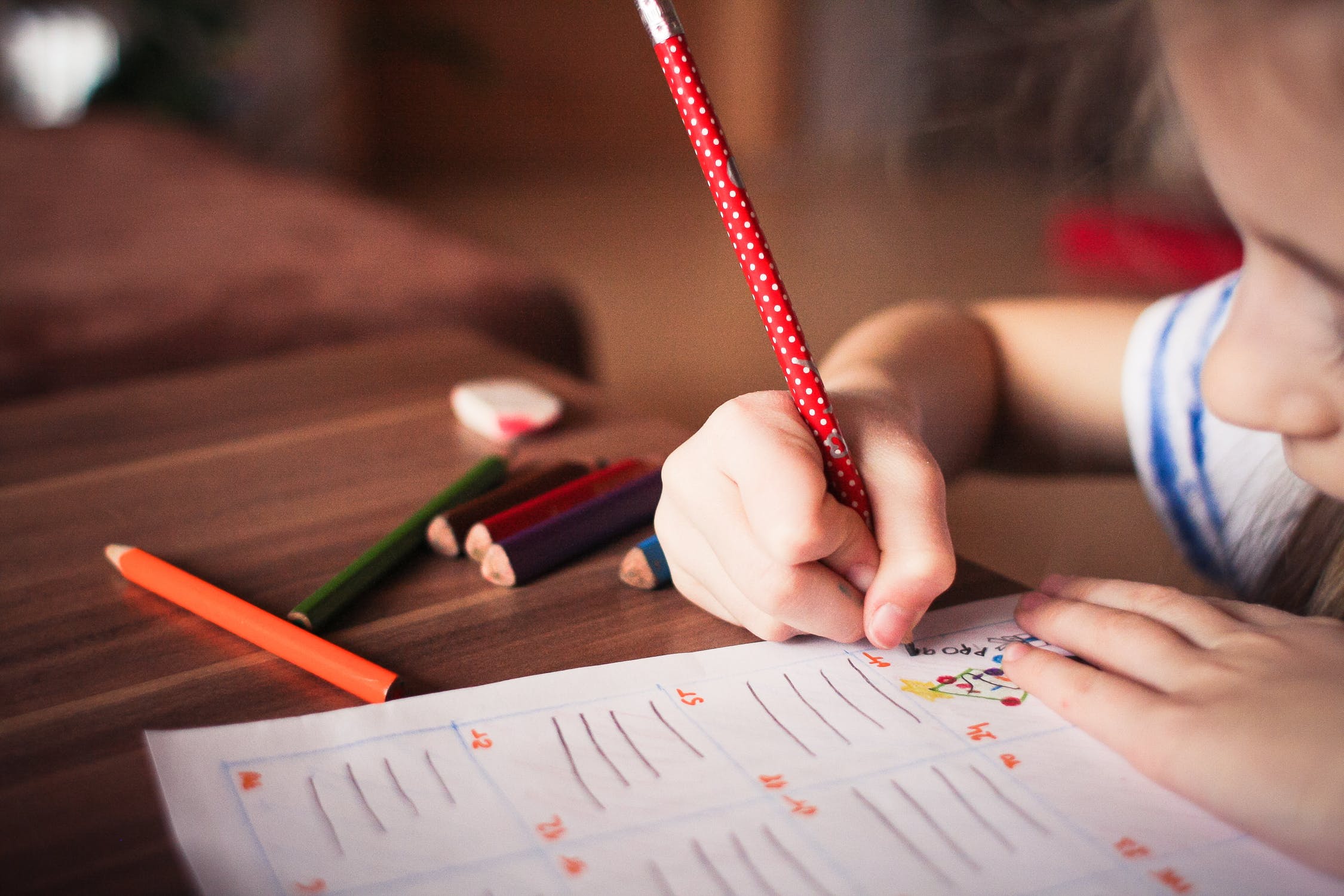Homeschool State of the Union
My second grade daughter and I are about halfway through the year. It’s time to stop and take stock of how things are going.
Academics: I’m very pleased with her progress. We’re on or ahead of schedule in every subject. Here are the texts I’m using:
- Math: Saxon
- Reading: we’re finishing up with An Ordinary Parent’s Guide to Teaching Reading. She also reads a book of her choice, silently, for twenty minutes a day, plus one chapter of one of the Boxcar Children mysteries, plus free reading in bed till lights out at night. We make reading pages for only about two books a week, but between her reading and my reading aloud she’s getting plenty of reading.
- Language: First Language Lessons for the Well-Trained Mind
- Spelling: Harcourt’s grade 2 book. Now that she’s begun cursive writing, we’ll be able to get back on track with the Spelling Workout series and pick up with their grade 3 speller
- Handwriting: Zaner-Bloser grade 3. She’s also writing out narrations in science, reading, and history, and taking some dictation in language arts.
- Science: Usborne’s First Encyclopedia of Our World. We choose topics and read the two-page spread, then supplement with some of their internet links and with library materials. There’s a great dvd series at the library called Earth Science for Children that has helped to spice things up.
- 501 Science Experiments. I switched to this from More Mudpies to Magnets, because MMtM seemed more geared toward pre-school. I’m still a miserable failure at consistency when it comes to conducting experiments, which doesn’t interest me much. But I’m getting a bit better. My 5-year-old adores science and always joins in, so this is good motivation. (Once during a Sunday school lesson in church, in fact, she offered a few facts and warnings about earthquakes during the Q&A. It didn’t have much to do with Nazarene church history, but it testifies to her passion for earth science…)
- The Story of the World Vol. II (and the accompanying activity guide). A big hit, same as last year.
- Great Artists. My daughter has been a self-directed art nut so I haven’t pushed this, but we’re beginning to do one project a week from this book and like it. The projects don’t require exotic materials, and each one simulates an artistic technique or emulates an artist.
- The Story of the Orchestra. A bit information-dense, but it has an accompanying cd and we’re just starting with this once a week. Yesterday in the car I had Handel’s Messiah playing, so during the Hallelujah chorus we picked out the different sections of the orchestra as they came in. It was neat.
- Piano lessons. I’m the teacher, and again, woefully bad at consistency. It ends up being more student-directed, which is okay because she’s interested and wants to learn new songs often. But I really need to be more consistent with this.
- I just ordered a book and cd called Play and Learn Spanish. She’s not scheduled to start a language till next year (Latin), but we have the time and this seemed like a lighthearted way to introduce conversational Spanish that both of my daughters and I can do.
Improvements from last year:
Her attitude. She still isn’t crazy about a structured agenda intruding on her free time, but she’s reconciled herself to it and most days she is able to actually enjoy learning. She’s also motivated. For instance, we do timed drills each day in Math, and she’s very interested in her progress. Also, on days when we don’t do school, she’s unable to leave it alone; she takes it upon herself to “make a page” (i.e. write a summary/narration) about almost anything she does, reads or learns. She takes out her math cards to drill. And she conducts school for her stuffed horses. It’s interesting to me that her improved attitude is a conscious choice; one day recently, she explained to her father that at the start of this year, she “knew what homeschooling was going to be like, and made up her mind to do better than last year.”
Structure: My younger daughter has preschool 3 mornings a week, so this gets us all up and ready by 8:30. My 7-year-old and I use that time to great advantage. The other two days are more relaxed; we do our book work, but get off to a later start. It’s a good rhythm for us… There’s structure plus variation.
Insisting on excellence: At the beginning of the year, my daughter would dictate her narrations to me, and I would write them down; then she would copy them. I didn’t insist on perfection, and sometimes there were letters backwards, or misspellings. Now I’m insisting that they be 100% accurate, no matter how many times she has to go back and correct careless mistakes. It didn’t take her long to figure out that she could get it right the first time with a little care! Now she’s moving into doing more of the initial writing herself, sounding out the spellings etc. So far so good.
Instituting review sessions: Once a week, we use the history cards at the back of the activity book and review the whole story of what we’ve learned so far in history. There’s plenty of review built into Saxon math, too. These sessions provide encouragement and a sense of accomplishment as well as really “embedding” what she’s learned. Next I need to plan in an overall review once a month, when we sit down together and simply look through everything she’s produced in her notebooks/portfolios.
My attitude: I went into this year with more clarity in this regard, and it has helped me a great deal. My attitude is the single biggest factor in the success or failure of any given day. Don’t feel like teaching today? Big deal. Swallow it, and be as enthusiastic as you can — and soon you’ll find that things are rolling by themselves.
Areas in need of improvement:
Socialization. As far as structured activity goes, we have church activities, horseback riding in the fall and spring, and basketball in the winter. That’s about all we can fit in this year, with my younger daughter’s nursery school schedule. I don’t believe in enrolling my kids in everything that comes down the pike, for one thing. And for another, we had decided at the beginning of the year that this would be, in a sense, my younger daughter’s year. We would work around her n.s. schedule because she had tagged along and watched Big Sister’s activities every year until now.
My older daughter is happy with this. She likes free time above all else, and she’s always been happy alone. She likes people, but she can amuse herself in solitude just fine.
But I don’t challenge this enough. I’m only just beginning to realize how much I need to.
I’ve been told all my life that people need other people; other people are “mirrors.” We need to be in relationship and community. I’ve believed this official wisdom. But lately I’m seeing it more clearly. My daughter’s teachers in the past have called her a leader. I’ll never forget the time we visited the nursery school she was going to attend as a 4-year-old, and within 5 minutes she had a gaggle of other girls following her around. She has ideas! It’s attractive, I guess.
But these days she has no real opportunities to form friendships outside of structured activity. This is one way homeschooling doesn’t serve her well. I need to be seeking out places and times for her to be with others outside of teacher-directed activity, where she can have the space and privacy for friendships to form. There’s this whole aspect of her personality and calling that can’t flourish any other way.
She’s a smart, creative little girl. But that’s not all she is. Shame on me if all I encourage is her brain!


